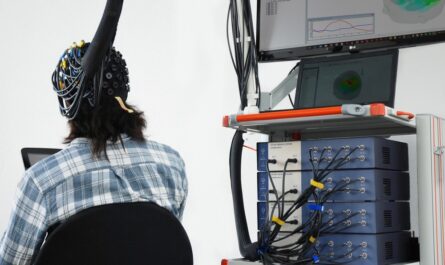In recent years, the emergence of Transformer architectures has revolutionized the field of natural language processing (NLP) and computer vision (CV) by enabling the development of large-scale and versatile sequence models. These models, exemplified by GPT-3 and Swin Transformer, have demonstrated exceptional performance in prediction tasks. However, researchers are now questioning whether these powerful sequence models can also be effectively applied in sequential decision-making and reinforcement learning (RL) problems, which pose unique challenges such as sample efficiency, credit assignment, and partial observability.
Recognizing the growing interest in this area, a team led by Muning Wen has published a survey in Frontiers of Computer Science to provide a comprehensive overview of recent research dedicated to utilizing sequence models, particularly the Transformer, in solving sequential decision-making tasks. The researchers discuss the relationship between sequential decision-making and sequence modeling and categorize the existing works based on their utilization of the Transformer.
By investigating various approaches that convert RL problems into sequential form, the team highlights the potential of leveraging sequence models for specific reinforcement learning settings. These approaches make use of diverse datasets to pre-train large-scale sequence models, taking inspiration from the remarkable success achieved in NLP and CV applications.
The survey also examines the development of the Transformer in the context of sequential decision-making and outlines several future research directions aimed at improving the effectiveness of large sequence models. These avenues for further exploration encompass theoretical foundations, network architectures, algorithms, and efficient training systems. The objective is to unleash the full potential of large sequence models for sequential decision-making tasks, thereby facilitating real-world applications in robotics, autonomous vehicles, and industrial automation.
The significance of this research lies in its potential to revolutionize the field of sequential decision-making. Just as large sequence models have transformed NLP and CV, the authors propose the construction of a large decision model for general purposes. This model would possess a vast number of parameters and be capable of performing numerous sequential decision-making tasks, similar to the way in which large sequence models have been leveraged in NLP and CV.
In conclusion, the advent of Transformer architectures and the success of sequence models in NLP and CV have spurred a growing interest in their application to sequential decision-making and reinforcement learning. The survey by Wen et al. offers a comprehensive overview of recent research in this field, highlighting the potential of large sequence models and proposing future research directions. It is hoped that this survey will inspire further investigation into this emerging and transformative area of research.
Note:
Source: Coherent Market Insights, Public sources, Desk research
We have leveraged AI tools to mine information and compile it




